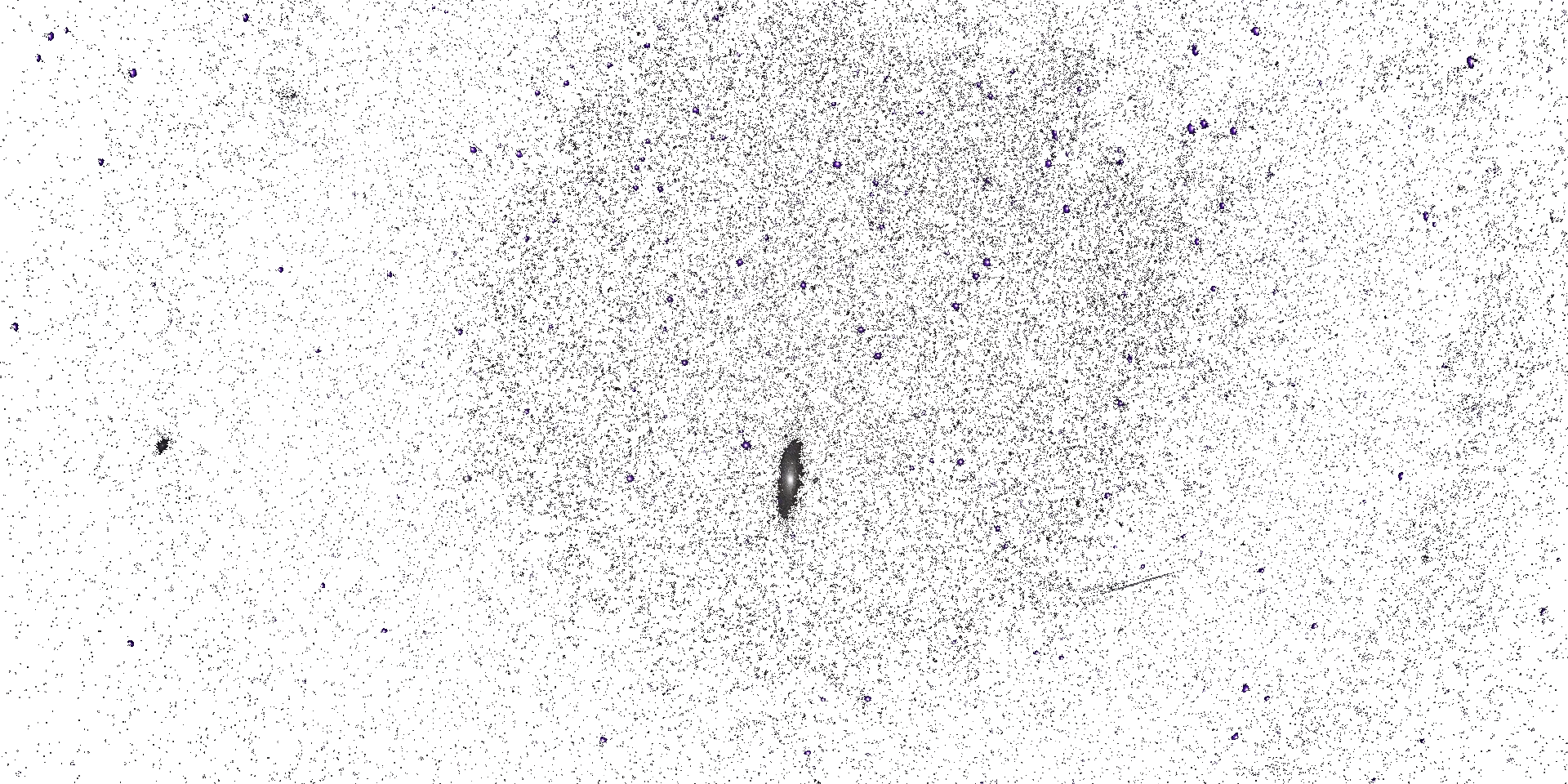




Space Climate 8 Meeting Abstract
Prediction of solar cycle 25 by trigonometric modeling of transformed SSN sequency – a follow up study
Unto K. Laine (Aalto University)
April 5, 2019 The Solar Cycle 25 Prediction Panel issued a preliminary prediction for the upcoming solar cycle 25 based on a series of predictions made by different international teams. The result was published in a form of a common statistical distribution of the different available predictions. The solar min occurred in December 2019 and the final prediction curve was published September 15, 2020. Surprisingly, the final prediction didn’t fit well to the statistics published earlier by the panel. The predicted shape of the cycle 25 was many years longer than indicated by the statistics and the peak was located at the extreme end of the blue box in which it was estimated to appear. The reasons for this large deviation of the final prediction from the common statistics is not yet publicly commented. In the SC7 meeting Laine proposed a new signal theoretic method to predict the cycle 25. The method is called Transform Domain LS (TDLS) and it is based on three steps. First, the SSN sequence is transformed by operator T to a new domain where it is modelled by the classical trigonometric (LS) method. Then the model is transformed back to the original SSN domain by the inverse operator T-1. The basic idea of the derived nonlinear transformation T is to control the skewness of the SSN sequence histogram. The skewness affects the quality of the trigonometric modelling and, by a proper control of this property the quality of the model can be considerably improved. The poster will update the achieved prediction based on the new monthly SSN data obtained after the spring 2019. A preliminary attempt to predict the cycles 26 and 27 is made, too. Preliminary prediction results based on the Transform Domain AR method (TDAR) are also included.
Mode of presentation: poster (Need to be confirmed by the SOC)
